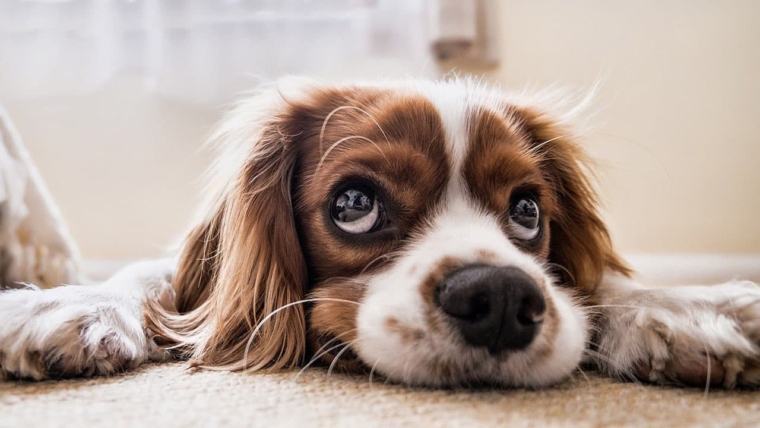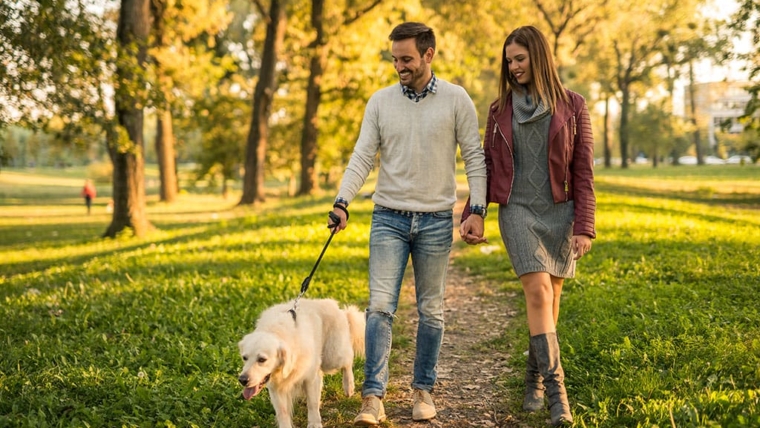
You may provide your canine companion with chewable bones while also supplementing him with nutrients. Chewing increases the salivary secretions that aid in teeth clean-up, decreasing plaque formation and the onset of periodontal disease.
Additionally, canine companions that munch on a bony diet lick less. Given the possibility that your furry friend is suffering a catastrophic injury while eating a bony meal, the appeal doesn’t appear to be worthwhile.
If you’ve conducted any research on giving bony meals to your pup, you’re likely to have encountered a range of opposing perspectives. While chewing a bony diet is considered beneficial for canines, it may pose many threats that must be detected and avoided at all costs. We do not recommend giving your furry companions bony diets owing to the numerous serious health hazards associated with them.
Is It Okay to Offer Roasted Bones to Dogs?
Regardless of how a canine meal containing bones is prepared (boiled, steamed, fried, or smoked), the bones may pose a risk to our dogs if ingested. Roasting bones depleted them of collagen and nutrients, resulting in brittleness and decreased flexibility. When an overeager dog tries to gnaw on a roasted bone, it almost invariably breaks into jagged pieces. Along with providing a choking hazard, these sharp splinters can do significant harm to the digestive system if consumed or breathed.
Other hazards include:
- Teeth are chipped or broken in some places.
- Dogs suffered oral injuries; bone fragments were trapped in their tongues and gums, causing significant bleeding and needing medical care.
- In some instances, bone pieces become lodged in the esophagus, trachea, or intestines, resulting in infection.
- Constipation may occur due to ingestion of bones.
- Internal bleeding may occur
- Peritonitis can occur.
Are Chest Bones Hazardous to Dogs?
Roasted bones, particularly chest bones, are hazardous to dogs. Due to their fragile, jagged, and splinter-prone nature, roasted bones can cause considerable internal harm when ingested. This damage can occur before or during bone intake.
Due to the bone’s nature and the heating process, determining how long it will take your dog to pass a rib/chest bone is tricky. As a general rule, inspect your dog’s feces daily to verify that it is normal. If no bone fragments are detected after 72 hours, you should contact your veterinarian.
Is Rawhide Bone Consumption Safe for Puppies?
Rawhide treats are a trendy alternative nowadays, and they are available in several tastes. As a result, many pet owners feel that these bones pose no threat to their animals’ health or wellness. Regrettably, this is far from the truth.
Choking is a potential risk that occurs while offering rawhide which may be serious, depending on the size and shape of your canine. Due to their incapacity to chew adequately, tiny canines are less likely to break rawhide than larger canines. You must monitor them closely if they are involved in an accident, but they are typically safe.

In rawhide bony diets, the weight of the pup is considered. Canines with a larger height and stronger jaws are more likely to engulf rawhide bony meals than smaller canines. Rawhide treats cause subsequent ailments if not given properly.
- Stomach discomfort
- Bacterial contamination
- Constipation
Due to the fact that dogs differ in terms of size, vigor, and behavior, it is vital to take into account each canine’s unique features. On the other hand, we strongly advise against their chewing on rawhide bony meals unless canines are watched carefully.
Is It Nutritionally Beneficial For Canine To Have Bony Diet?
Canines consume raw bony meals to obtain nutrition from the soft tissues, including muscle meat, tendons, fatty tissue, etc., rather than the bones.
Bony meals can provide calcium and phosphorus in good quantity.
Following these rules to get maximum benefits from bony meals.
- Consult a vet-nutritionist to verify that your pet receives the appropriate amount.
- To avoid acquiring a food-borne disease from natural meat, it is critical to choose a reputable butcher in your region and follow stringent food hygiene measures before eating.
- Before including any bony diet in your canines’ food, ensure that they have been adequately crushed.
Safety Instructions
While it is universally accepted that canines like bony meals, what is the best you should do if your canine swallows a potentially harmful bony diet? Have you conducted any research into the safest bony treats for your canine? Are you in a position to provide any recommendations?
You can guarantee that your canine has a happy and safe chewing experience by following these simple rules.
- It is not good to give your canine an unnutritious bony meal.
- Purchase natural beef/lamb bony meals.
- Leaving canines alone with their bony meals is not suggested.
- Remove the bony diet after your canine has chewed it for 20 minutes
- It is not recommended to give roasted bones to your canines.
- Feeding on tiny bony fragments is harmful to your canines’ dental health. Dogs should not be given bone fragments because they may become entangled and create intestinal problems.
- Within five days of delivery, the bony meal must be disposed of.
- Watch your canine companion immediately after feeding him a bony meal.
- It is not recommended to provide bony meals to pups with stomach issues.
- Offering your canine a bony meal to chew on in the presence of other canines is not suggested in this situation.
CONCLUSION
Choking may occur when a canine bites a large bone. So, watch your furry companion and get rid of the bone if it becomes too large for their jaws. While selecting commercially available bony meals, look for digestible diets with soft structures. Finally, but definitely not least, you must offer your canine with a bony chew to keep them occupied once their food has been consumed. Canines may swallow additional bony parts to gratify their increased hunger, which may result in future dental issues. Mental stimulus via bony meal is beneficial for a canine who has fulfilled his or her appetite without the desire to eat a bony meal.


